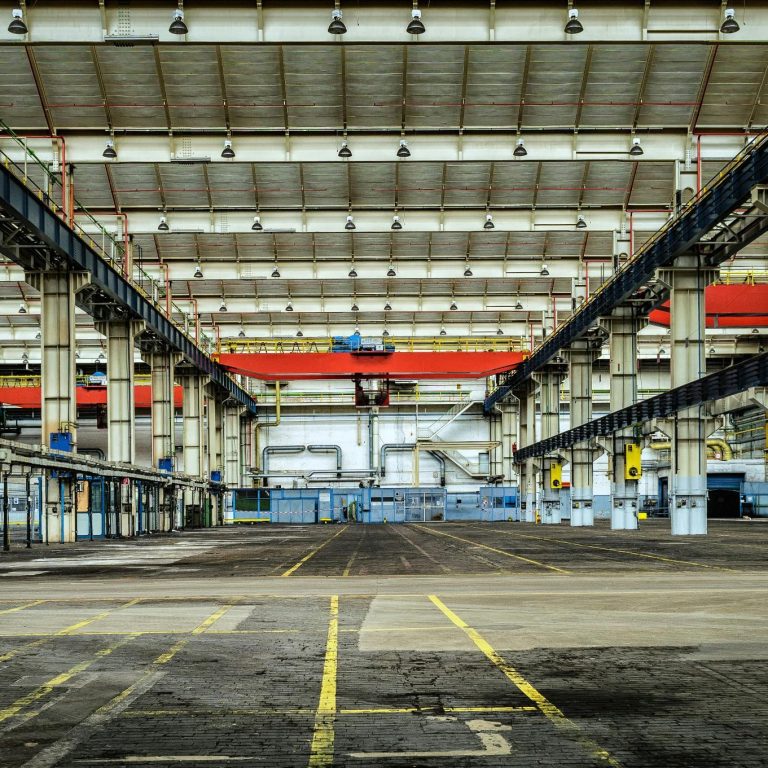Issue 14 | 26.04.2024
In which industries do Mobile Robots make sense?
In recent years, the adoption of Mobile Robots has been on the rise across various industries, revolutionizing the way intralogistics is done. But in which industries do Mobile Robots actually make the most sense? This analysis delves into historical investment patterns and future projections, offering an overview of top adopter industries:
Industries that have invested most in Mobile Robots according to STIQ:
- Automotive: Historically, automotive has been the leading industry in terms of investing in mobile robots. The automation of manufacturing processes in automotive plants has been a significant driver.
- New Energy (Solar Systems, Batteries, etc.): This sector has also shown significant investment in mobile robots, likely driven by standardized processes and the need for automation in manufacturing and logistics.
- Food and Beverage: Although surprising to some extent, the food and beverage industry has invested in mobile robots, possibly due to standardized production processes and the need to optimize logistics operations.
- Electronics: Similar to automotive, the electronics industry has embraced mobile robots to automate manufacturing processes and streamline logistics.
- Retail and Consumer Goods: While it may be unexpected, retail and warehouse operations have also invested in mobile robots, possibly to optimize inventory management and order fulfillment processes.
Industries projected to invest most in Mobile Robots in the next five years according to McKinsey:
- Logistics and Fulfillment: According to the McKinsey Global Industrial Robotics Survey, logistics and fulfillment are expected to be the top investors in mobile robots over the next five years, accounting for roughly 33-34% of total capital spending. This is due to the high degree of manual processes and the potential for automation to improve efficiency.
- Automotive: Despite already being a significant investor, the automotive industry is projected to continue investing heavily in mobile robots, with roughly 30% of capital spending dedicated to automation.
- Life Sciences, Healthcare, and Pharmaceuticals: Surprisingly, this sector is expected to see increased investment in mobile robots. Standardized processes and the need to optimize logistics within healthcare facilities could be driving this trend. McKinsey forecasts that this sector will invest 28% of capital spending into automation.
- Food and Beverage: Despite its lower ranking in historical investment, the food and beverage industry is still expected to allocate a significant portion (around 24%) of capital spending to automation, indicating a continued interest in mobile robot technology.
- Retail and Consumer Goods: While ranked lower historically, retail and consumer goods industries are expected to invest around 17-18% of capital spending in mobile robots in the future. This could be driven by the potential for automation to improve inventory management and customer service.
Conclusion
In closing, the increasing use of Mobile Robots across various industries shows how companies are embracing automation to improve their operations. As businesses strive to enhance efficiency and reduce costs, Mobile Robots are becoming essential tools. Looking ahead, it's clear that Mobile Robots will continue to play a vital role in driving innovation and competitiveness in the business world. Overall, industries with standardized processes, high labor requirements, and a focus on efficiency and cost reduction are the most likely candidates for investing in this technology.

Wir benötigen Ihre Zustimmung zum Laden der Übersetzungen
Wir nutzen einen Drittanbieter-Service, um den Inhalt der Website zu übersetzen, der möglicherweise Daten über Ihre Aktivitäten sammelt. Bitte überprüfen Sie die Details in der Datenschutzerklärung und akzeptieren Sie den Dienst, um die Übersetzungen zu sehen.
